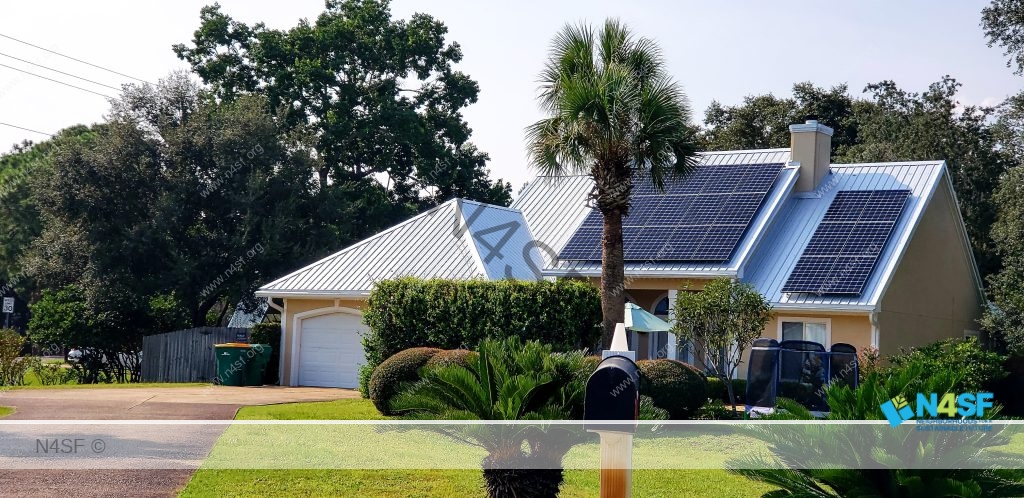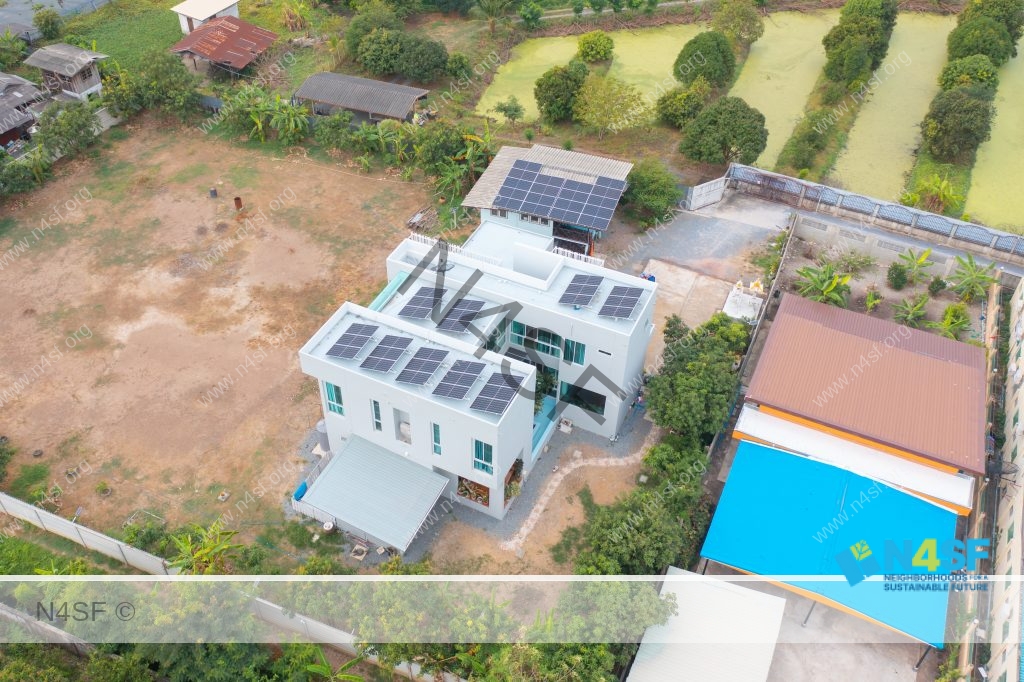In the face of global climate change, it is essential to develop sustainable cities that can meet the needs of the present without compromising the ability of future generations to meet their own needs.
A sustainable city is one that is designed to minimize its impact on the environment, promote social equity and economic development, and improve the quality of life for its residents.
In this blog post, we will explore what makes a city in the United States of America sustainable for the future.
- Sustainable Transportation:
- Transportation is one of the most significant contributors to greenhouse gas emissions in the United States. Sustainable transportation is essential for a sustainable city. This can be achieved by promoting public transportation, cycling, and walking, and by providing infrastructure such as bike lanes and safe pedestrian crossings. Sustainable cities can also promote the use of electric vehicles and the installation of charging stations.
- Energy Efficiency and Renewable Energy :
- A sustainable city should prioritize energy efficiency and renewable energy. This can be achieved by promoting energy-efficient buildings, smart grids, and the use of renewable energy sources such as solar and wind power. Sustainable cities can also promote the use of green roofs, which provide additional insulation and help to reduce the urban heat island effect.
- Sustainable Water Management:
- Sustainable water management is crucial for a sustainable city. This can be achieved by promoting the use of low-flow fixtures, rainwater harvesting, and the implementation of green infrastructure such as permeable pavements and green roofs. Sustainable cities can also work to protect water resources by implementing watershed management plans and promoting sustainable water use practices.
- Access to Green Spaces:
- Access to green spaces is an essential component of a sustainable city. Green spaces such as parks, community gardens, and urban forests provide many benefits to residents, including improved mental health, reduced stress, and increased social connections. Sustainable cities can also promote the use of green infrastructure, such as green roofs and bioswales, to provide additional green spaces and to help mitigate the urban heat island effect.
- Social Equity and Inclusivity:
- A sustainable city should prioritize social equity and inclusivity. It should be a city where everyone has access to affordable housing, transportation, and essential services such as healthcare and education. Sustainable cities should be designed with input from the community, ensuring that they meet the needs of all residents.
In conclusion, creating a sustainable city in the United States requires a holistic approach that considers social, economic, and environmental sustainability.
By prioritizing sustainable transportation, energy efficiency and renewable energy, sustainable water management, access to green spaces, and social equity and inclusivity, we can create cities that promote a high quality of life for all residents while minimizing their impact on the environment.
References:
- Sustainable Cities – U.S. Department of Energy. (n.d.). Retrieved from https://www.energy.gov/eere/buildings/sustainable-cities
- The Elements of a Sustainable City. (2019, May 21). Retrieved from https://www.architectmagazine.com/technology/products/the-elements-of-a-sustainable-city_o
- Sustainable City Design. (n.d.). Retrieved from https://www.epa.gov/smartgrowth/sustainable-city-design
- What Makes a City Sustainable? (2021, January 28). Retrieved from https://www.thoughtco.com/what-makes-a-city-sustainable-4073174



